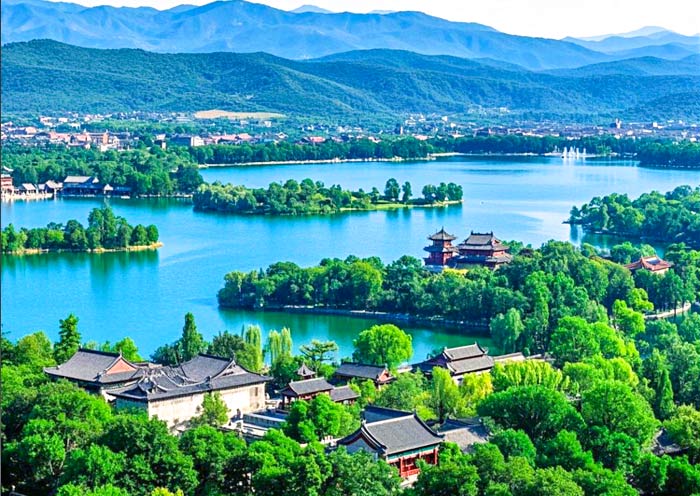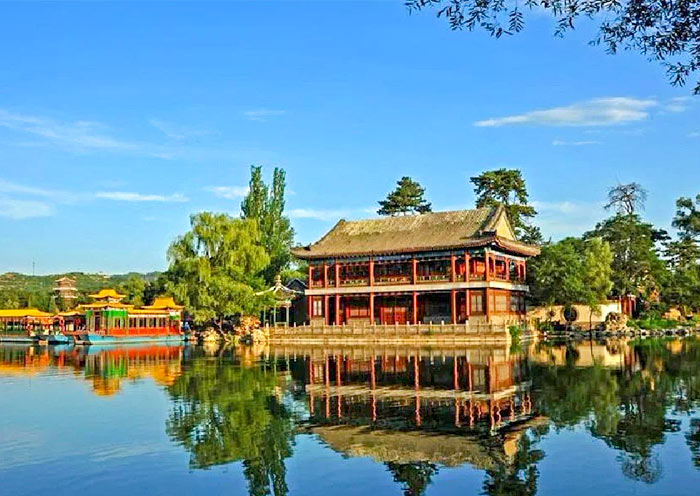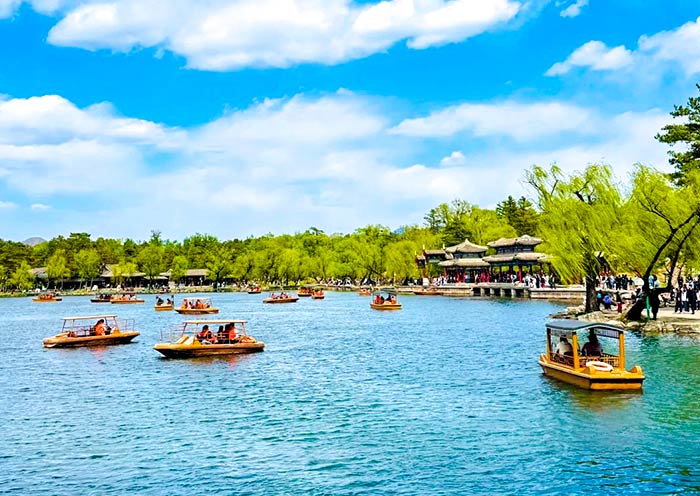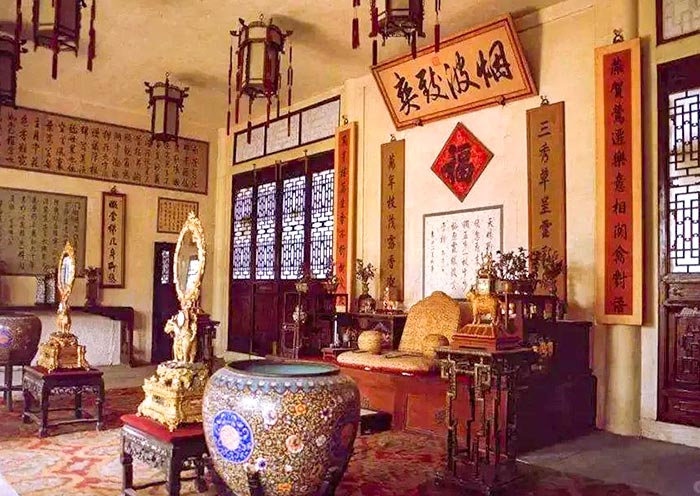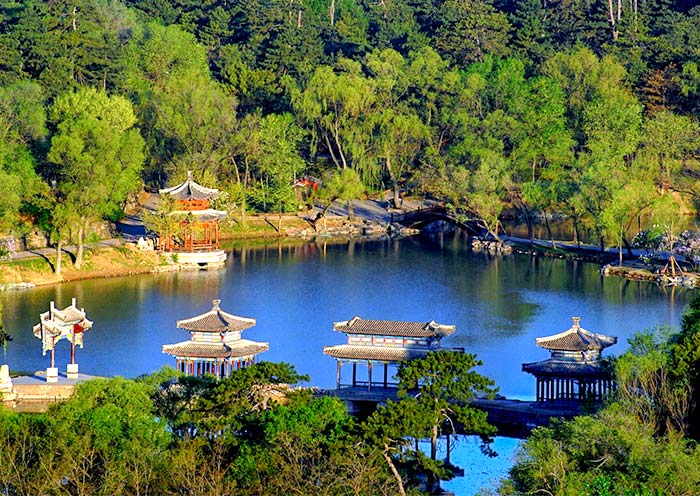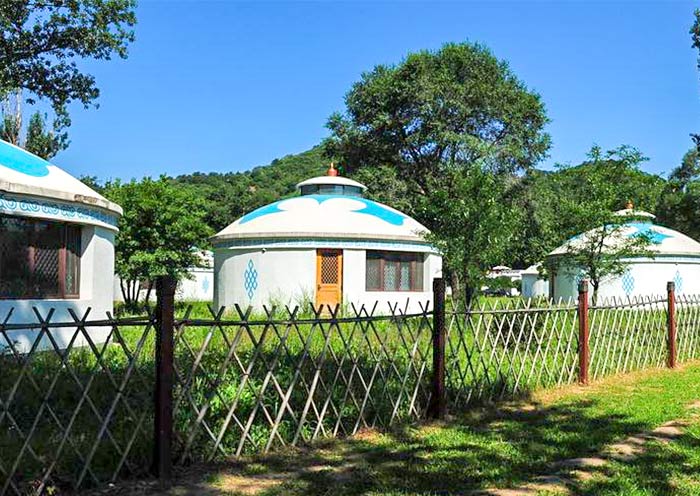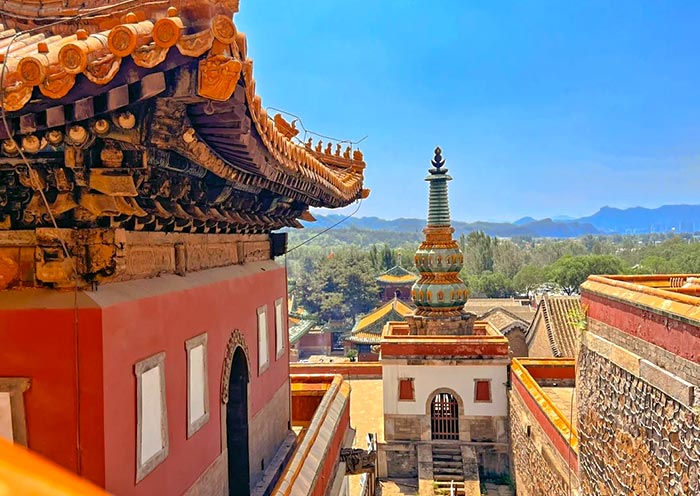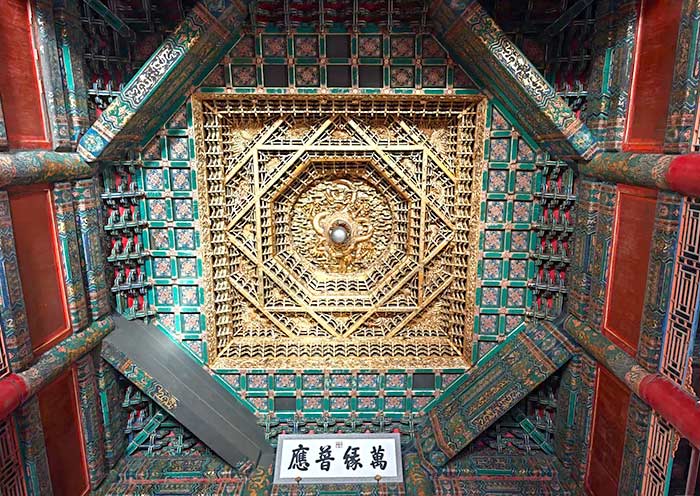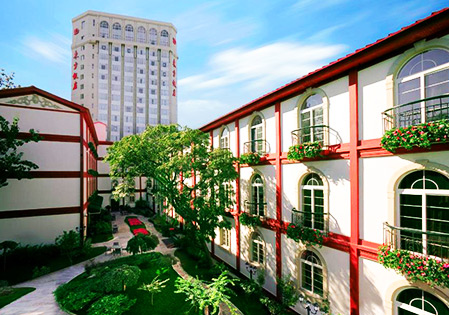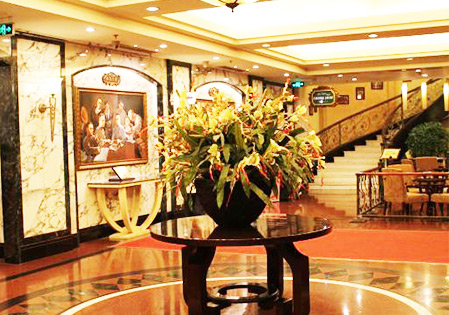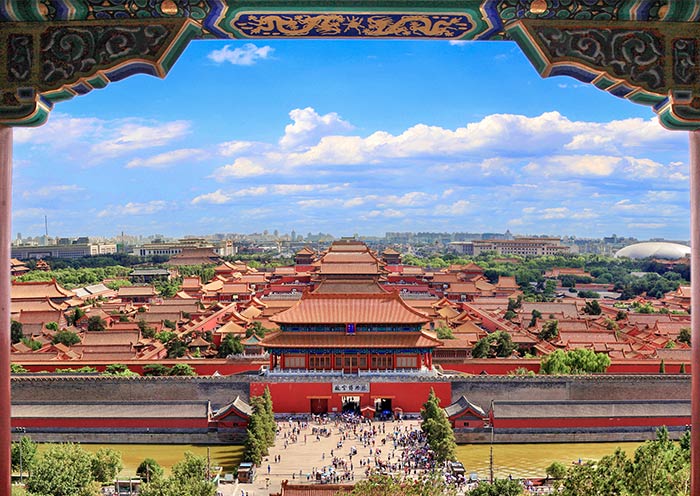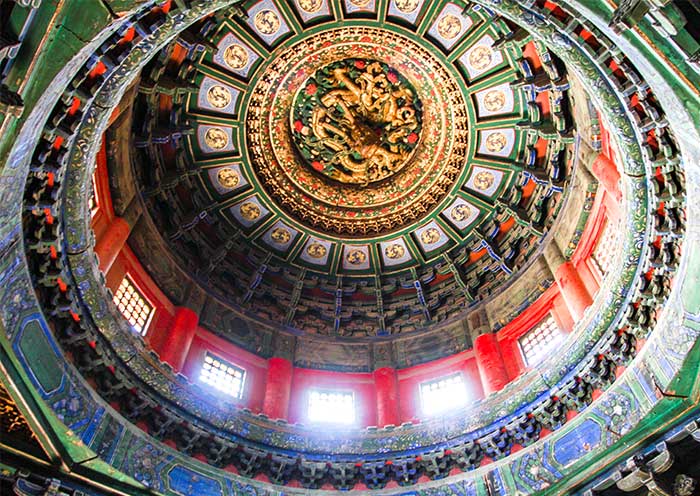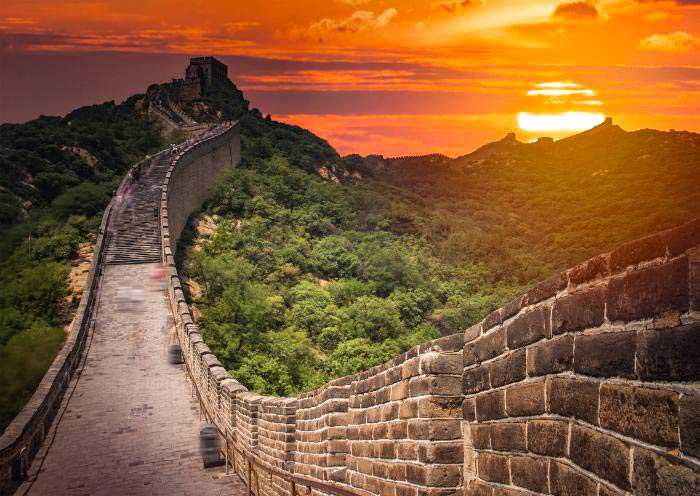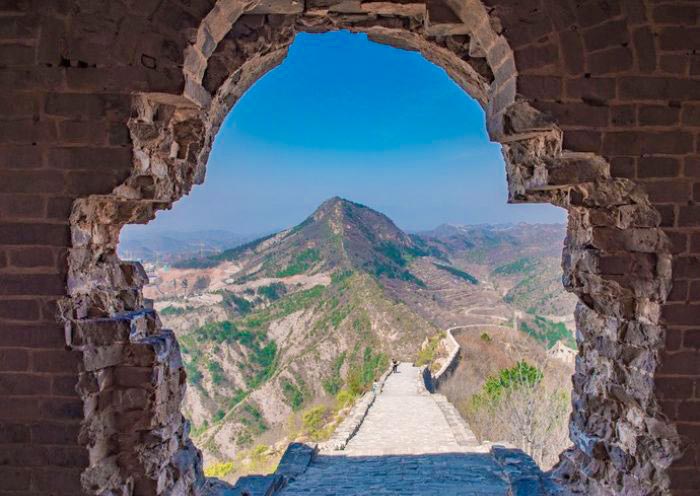After breakfast, set out to explore the famous temple complex north of Chengde Mountain Resort, collectively known as the “Eight Outer Temples” (Waiba Miao). Together with the Mountain Resort, these temples form part of Chengde’s UNESCO World Heritage Site, symbolizing the harmony among China’s diverse ethnic cultures during the Qing Dynasty. Built with strong Tibetan and Mongolian architectural influences, they were constructed to honor and welcome regional leaders from Tibet, Mongolia, and other frontier areas.
Your first stop the most iconic one - the Putuo Zongcheng Temple, often called the “Little Potala Palace.” Completed in 1771, it was modeled after the Potala Palace in Lhasa, rising majestically up the hillside in layers. Follow the route uphill: from the Mountain Gate → Stele Pavilion → Five-Pagoda Gate → Glazed Archway → White Terrace → Grand Red Terrace → Hall of All Laws Return to One (Wanfa Guiyi Dian).
The Grand Red Terrace is the architectural highlight - the main body of the temple complex. Standing before it, you’ll truly feel the grandeur and magnificence of this Tibetan-style masterpiece. At the top, the Hall of All Laws Return to One, with its gilded bronze roof shimmering under the sunlight, offers breathtaking views across the mountains and Chengde city below.
Don’t miss the Five-Pagoda Gate, a white Tibetan-style terrace topped with five small stupas in red, yellow, green, white, and black - each representing different elements of Buddhist wisdom.
Photography Tips: Capture the grandeur of the temple by shooting upward from the entrance for a dramatic perspective, and later enjoy panoramic shots of the city and hills from the top terrace.
Later, continue your exploration at Puning Temple (Temple of Universal Peace). Built in 1755, it was to commemorate the Qing Empire’s victory over the Dzungar rebellion. The temple’s name reflects the wish for universal harmony and peace under heaven.
Puning Temple is a remarkable example of “One Temple, Two Styles” - its front section follows the traditional Han Chinese Buddhist layout, while the rear section is designed in the Tibetan mandala style, symbolizing the unity of different cultures and faiths within the empire.
Enter through the mountain gate and explore the classic Chinese-style halls, including the Heavenly King Hall and Mahavira Hall, recognizable by their elegant yellow-glazed roofs. Moving deeper, you’ll find yourself immersed in Tibetan architecture inspired by Samye Monastery in Tibet, with its distinctive stupas and prayer halls.
The highlight of your visit is the awe-inspiring 22.28-meter wooden statue of the Thousand-Armed, Thousand-Eyed Guanyin (Avalokitesvara), gilded and painted in gold. This magnificent sculpture holds a Guinness World Record as one of the largest wooden Buddha statues in the world, radiating both power and serenity.
After your temple visit, your guide and driver will transfer you back to Beijing, either to your hotel or directly to the airport/train station for your onward journey.
Extend Your China Adventure:
Beijing itself deserves at least 2-3 full days of exploration. Make sure you have planned that. If you’d like to explore more of China, consider adding destinations such as Xi’an (Terracotta Warriors), Shanghai (The Bund), Zhangjiajie (Avatar Mountains), Chengdu (Giant Pandas), Guilin (Karst Landscapes), or Tibet (Mount Everest). Each offers its own unique charm and unforgettable experiences.
Thank you for choosing Asia Odyssey Travel for your Beijing Chengde journey. We look forward to welcoming you again for your next adventure across China!
